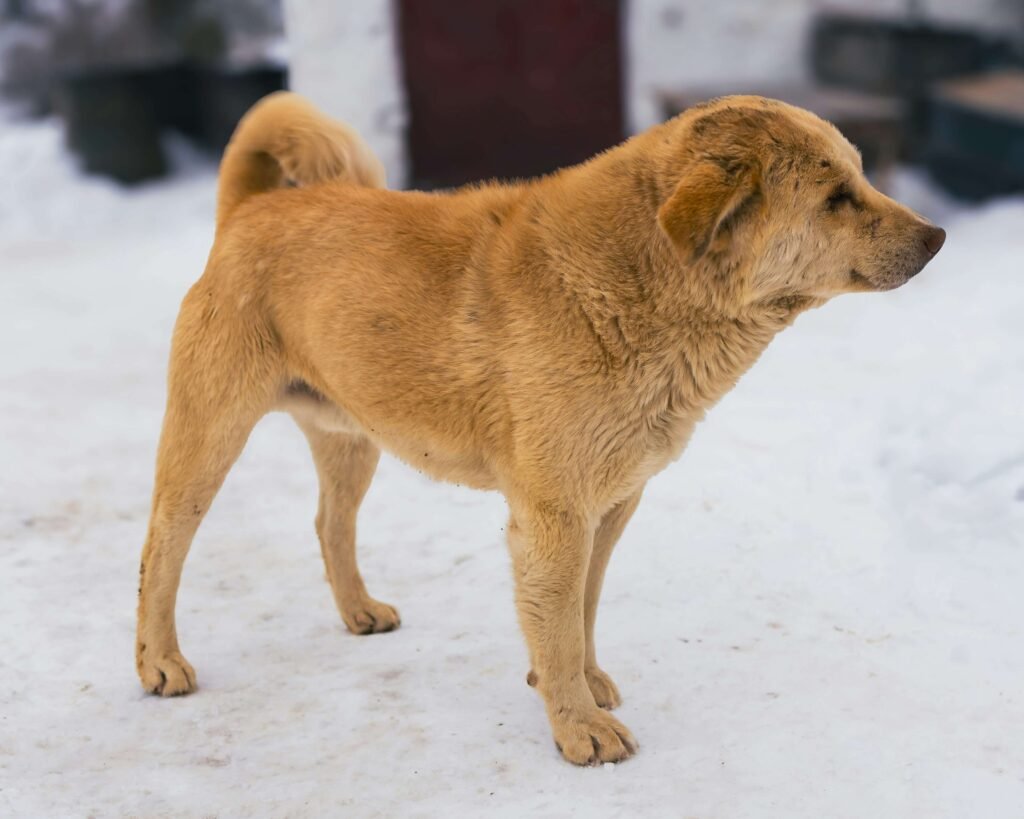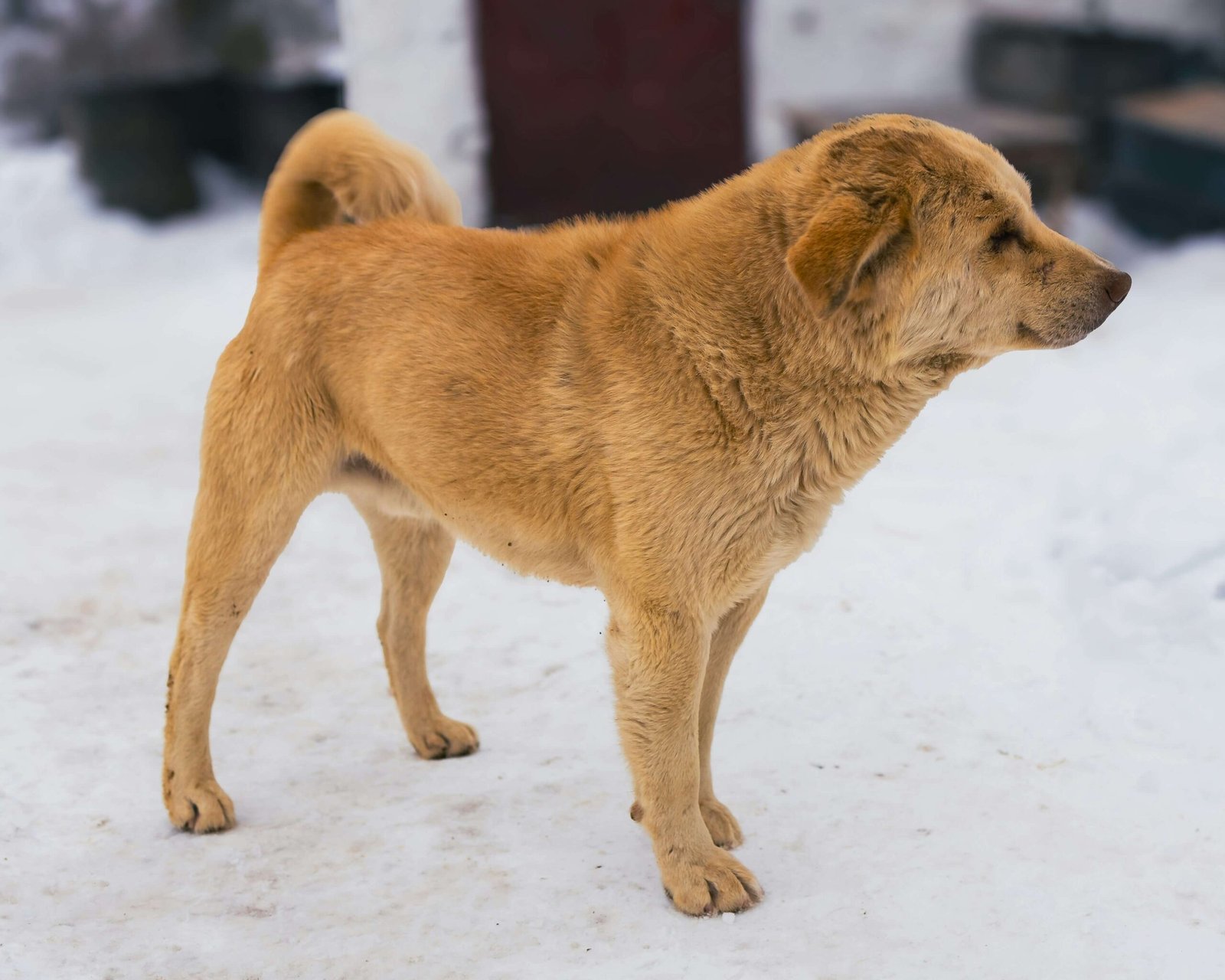Large Russian Dog Breeds: Majestic Guardians and Companions
When it comes to large dog breeds, few can rival the imposing presence and rich history of large Russian dog breeds. These majestic canines have been bred for centuries to serve as loyal protectors, hardworking herders, and devoted companions. From the icy expanses of Siberia to the bustling streets of Moscow, these dogs embody strength, resilience, and a deep bond with their human families. Whether you’re looking for a fearless guard dog or a gentle giant to share your home, large Russian dog breeds offer a unique combination of size, intelligence, and temperament.
In this blog post, we’ll explore some of the most popular large Russian dog breeds, their characteristics, care requirements, and what makes them truly special. Let’s dive into the world of these extraordinary dogs!
Popular Large Russian Dog Breeds You Should Know
Russia is home to several iconic large dog breeds, each with its own distinct traits and purposes. Whether you’re fascinated by their history or considering adding one to your family, here are some of the most well-known large Russian dog breeds:
Borzoi (Russian Wolfhound)
Known for their elegance and speed, Borzois were originally bred for hunting wolves. They have a slender build, long silky coat, and a calm demeanor.Caucasian Shepherd Dog
This massive breed is renowned for its protective instincts and strength. Often used as livestock guardians, they are fiercely loyal and highly territorial.Central Asian Shepherd Dog
A powerful and independent breed, Central Asian Shepherds are natural protectors with a calm yet confident personality.Black Russian Terrier
Despite its name, this breed is not a true terrier. Developed by the Russian military, it’s a robust, intelligent, and versatile working dog.Russian Toy (Large Variant)
While typically small, there is a larger variant of the Russian Toy that retains the breed’s playful and affectionate nature.
These breeds showcase the diversity and adaptability of large Russian dog breeds. Each has its own unique charm, making them suitable for different lifestyles and preferences.
Characteristics of Large Russian Dog Breeds
What sets large Russian dog breeds apart from other breeds? Their physical and behavioral traits reflect their origins in Russia’s harsh climates and demanding environments. Here’s a closer look at their defining characteristics:
Impressive Size and Strength
Most large Russian breeds are powerfully built, with muscular frames designed for endurance and protection.Thick Double Coats
Their dense, weather-resistant coats help them withstand cold temperatures, making them ideal for snowy climates.Loyal and Protective Nature
Many of these breeds were developed as guardians, so they are naturally protective of their families and property.Independent Thinkers
Due to their working heritage, large Russian breeds often display a strong sense of independence and problem-solving skills.Gentle with Family Members
Despite their imposing size, many of these dogs are surprisingly gentle and affectionate with their loved ones.
These characteristics make large Russian dog breeds both impressive and endearing. However, they also require experienced owners who can meet their needs and provide proper training and care.
Check this guide 👉Welsh Dog Breeds: Best 7 Expert Tips!
Check this guide 👉Lazy Dog Breeds: Best 7 Expert Tips!
Check this guide 👉Scandinavian Dog Breeds: Best 7 Expert Tips!

Breed Name | Key Traits |
|---|---|
Borzoi (Russian Wolfhound) | Elegant, fast, calm, requires regular grooming |
Caucasian Shepherd Dog | Protective, territorial, loyal, low energy |
Central Asian Shepherd Dog | Independent, strong, calm, excellent guardian |
Black Russian Terrier | Intelligent, versatile, trainable, adaptable |
Russian Toy (Large Variant) | Playful, affectionate, small but sturdy |
Training Tips for Large Russian Dog Breeds
Training a large Russian dog breed can be a rewarding experience, but it requires patience, consistency, and an understanding of their unique temperaments. Here are some tips to ensure successful training:
Start Early
Begin socialization and basic obedience training as soon as possible to establish good habits from a young age.Use Positive Reinforcement
Reward-based methods work best with these intelligent breeds. Use treats, praise, or toys to motivate them during training sessions.Be Firm Yet Gentle
Large Russian breeds respect confident leadership. Maintain a balance between firmness and kindness to build trust.Focus on Socialization
Expose your dog to different people, animals, and environments to prevent fear-based aggression or shyness.Provide Mental Stimulation
These breeds thrive on mental challenges. Incorporate puzzles, games, and advanced commands to keep them engaged.
With the right approach, you can harness the intelligence and loyalty of large Russian dog breeds to create a well-behaved and happy companion.
Care Requirements for Large Russian Dog Breeds
Owning a large Russian dog breed comes with specific responsibilities to ensure their health, happiness, and longevity. Here’s what you need to know about caring for these magnificent dogs:
Regular Grooming
Their thick double coats require frequent brushing to prevent matting and reduce shedding, especially during seasonal changes.Balanced Diet
Feed them high-quality food formulated for large breeds to support joint health and maintain optimal weight.Adequate Exercise
While some breeds are low-energy, others need plenty of physical activity to stay fit and mentally stimulated.Veterinary Check-Ups
Schedule routine vet visits to monitor their health and address any breed-specific issues early.Secure Environment
These protective breeds feel most comfortable in a safe, secure space where they can guard their territory.
Meeting these care requirements ensures your large Russian dog remains healthy and content. With proper attention, they’ll reward you with unwavering loyalty and love.
Health Considerations for Large Russian Dog Breeds
Large Russian dog breeds are generally robust, but like all large dogs, they can be prone to specific health issues. Understanding these potential concerns will help you provide the best care and ensure your dog lives a long, healthy life. Here are some key health considerations:
Hip Dysplasia
A common issue in large breeds, hip dysplasia occurs when the hip joint doesn’t develop properly, leading to arthritis or mobility problems.Bloat (Gastric Torsion)
This life-threatening condition is more common in deep-chested breeds and requires immediate veterinary attention if suspected.Joint Problems
Due to their size, these breeds may experience joint issues like arthritis or ligament injuries as they age.Heart Conditions
Some large Russian breeds are predisposed to heart problems, such as dilated cardiomyopathy, which affects the heart’s ability to pump blood.Coat and Skin Issues
Their thick coats can sometimes lead to skin irritation or hot spots if not properly maintained and groomed.
By staying informed about these health risks and working closely with your veterinarian, you can take proactive steps to keep your large Russian breed in top condition. Regular check-ups and a healthy lifestyle are essential for their well-being.
Living with a Large Russian Dog Breed: Pros and Cons
Living with a large Russian dog breed comes with its own set of rewards and challenges. While their size and personality make them extraordinary companions, it’s important to weigh the pros and cons before committing to one of these majestic dogs. Here’s what to expect:
Pros: Loyalty and Protection
These breeds are fiercely loyal and make excellent guard dogs, providing peace of mind for families.Cons: Space Requirements
Their large size means they need ample space to move around comfortably, making them less suitable for small apartments.Pros: Gentle Giants
Despite their imposing stature, many large Russian breeds are affectionate and gentle with their families.Cons: Grooming Needs
Breeds with thick double coats require regular grooming, which can be time-consuming and costly.Pros: Trainability
With consistent training and positive reinforcement, these intelligent breeds can learn commands and tasks quickly.
Understanding these pros and cons will help you decide if a large Russian dog breed is the right fit for your lifestyle. With the right preparation, they can bring immense joy and fulfillment to your home.
Fun Facts About Large Russian Dog Breeds
Large Russian dog breeds are steeped in history and fascinating traditions, making them even more captivating. These fun facts highlight their unique qualities and cultural significance:
Borzoi: A Symbol of Nobility
The Borzoi was once a favorite among Russian aristocrats and often featured in paintings and literature as a symbol of elegance.Caucasian Shepherd: Mountain Protectors
Originally bred to guard livestock in the Caucasus Mountains, these dogs are known for their incredible strength and endurance.Black Russian Terrier: Military Origins
Developed by the Soviet military, this breed was used for guarding prisons and military installations during the Cold War.Central Asian Shepherd: Ancient Heritage
One of the oldest dog breeds in the world, Central Asian Shepherds have been protecting nomadic tribes and their herds for thousands of years.Russian Toy: A Modern Favorite
Though smaller than most large breeds, the Russian Toy has gained popularity worldwide for its playful and affectionate nature.
These fun facts add depth to our appreciation of large Russian dog breeds, showcasing their rich histories and remarkable versatility. Whether as noble companions or steadfast workers, these dogs continue to leave a lasting impression on dog lovers everywhere.
Frequently Asked Questions About Large Russian Dog Breeds
Are large Russian dog breeds good with children?
Many large Russian breeds are gentle and protective, making them excellent companions for families with children when properly trained and socialized.
Do these breeds require a lot of exercise?
It depends on the breed. While some, like the Borzoi, need regular exercise, others, such as the Caucasian Shepherd, are more laid-back.
Are large Russian dog breeds aggressive?
Not inherently. Most are protective by nature but respond well to training and socialization, reducing the risk of aggression.
How much grooming do they need?
Breeds with thick coats, like the Borzoi and Caucasian Shepherd, require regular grooming to keep their fur healthy and tangle-free.
Are these breeds suitable for first-time owners?
Due to their size, strength, and independent nature, many large Russian breeds are better suited for experienced dog owners.
The Timeless Appeal of Large Russian Dog Breeds
Large Russian dog breeds are more than just pets—they are living legends whose histories are intertwined with the rugged landscapes and rich cultures of Russia. From the graceful Borzoi to the steadfast Caucasian Shepherd, these dogs bring a unique blend of beauty, strength, and loyalty to any household. While they may require extra effort in terms of training, grooming, and care, the rewards of owning one of these majestic companions are immeasurable. If you’re ready to welcome a large Russian dog breed into your life, prepare for a journey filled with love, dedication, and unforgettable memories. After all, few things compare to the bond shared with a gentle giant who stands by your side through thick and thin.
Canned Pumpkin for Cat Diarrhea: Best 7 Expert Tips! Natural remedy to firm stools, soothe upset bellies, and support gut health safely.
Can a Cat Give You Scabies? Best 7 Expert Tips! Discover the truth about feline mites, human skin risks, and how to protect yourself—without panic.
Cat Flea vs Human Flea: Best 7 Expert Tips! Discover the truth about bites, species, and how to eliminate infestations for good.
Weird Cat Behaviors: Best 7 Expert Tips! Discover why cats do strange things—and how to understand, not punish, their instincts for a happier home.





